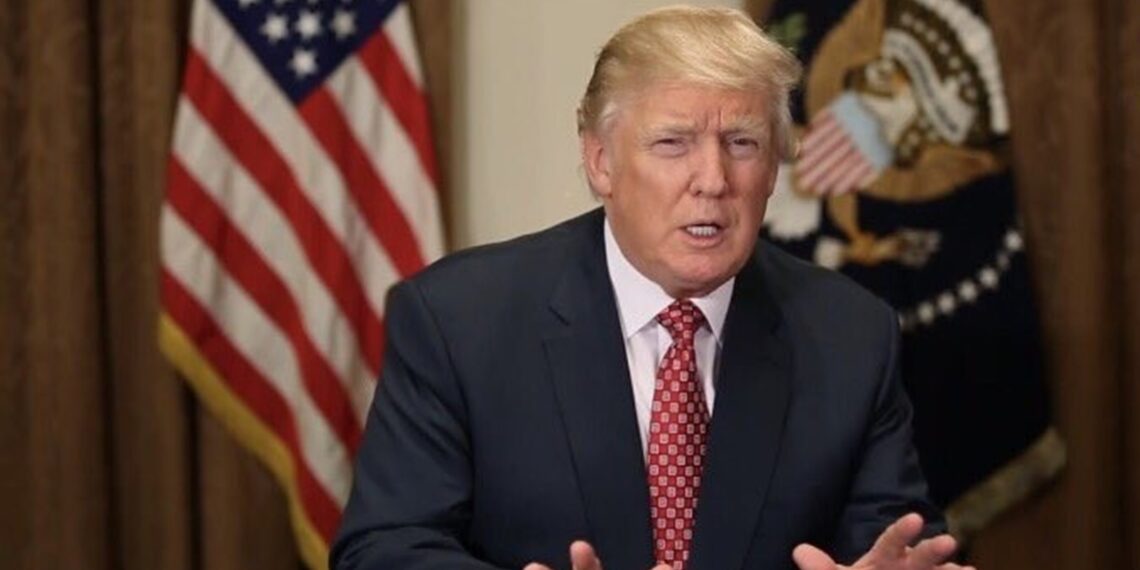As President Donald Trump intensifies his crackdown on illegal immigration, many immigrant families in the United States are now weighing the risks of sending their children to school.
While schools in various districts have reassured immigrant parents that educational institutions remain safe environments, the Trump administration’s recent move to allow federal immigration agencies to conduct arrests at schools, hospitals, and churches has heightened concerns.
Carmen, a Mexican immigrant living in the San Francisco Bay Area, expressed her alarm after hearing that the administration had reversed a long-standing policy preventing arrests in “sensitive locations” like schools.
“Oh, dear God! I can’t understand why they would do that,” she said. Carmen, who did not wish to provide her full name for fear of immigration backlash, said she planned to take her two grandchildren, aged 6 and 4, to school unless she hears otherwise from school officials.
“What comforts me is knowing that the school supports us and will inform us if it’s unsafe,” she added.
Many immigrants, including those who are legally in the US, are anxious about the president’s promise to deport millions, leading to confusion and uncertainty about their future.
Although initial fears of mass raids have not materialized, the ongoing changes in immigration policy continue to affect daily life, with many families evaluating how much they can engage with public spaces, including schools.
Several school systems across the country are monitoring the impact on student attendance, as some parents have called with concerns about potential immigration agents entering schools.
However, it is too early to determine whether these fears will lead to a significant number of children staying home.
The Trump administration’s latest policy change removes protections that previously restricted agencies like Immigration and Customs Enforcement (ICE) and Customs and Border Protection (CBP) from conducting enforcement actions in sensitive locations such as schools.
A statement from the Department of Homeland Security emphasized that “criminals will no longer be able to hide in America’s schools and churches to avoid arrest.”
Daniela Anello, head of D.C. Bilingual Public Charter School, expressed her disbelief at the announcement. “It’s horrific. There’s no such thing as hiding anyone. It’s ridiculous,” she said.
According to the Migration Policy Institute, approximately 733,000 school-aged children in the US are undocumented, and many more are US citizens with parents who are in the country illegally.
In response to the new policy, education officials in some states and districts have reaffirmed their commitment to protecting immigrant students’ rights.
In California, for example, state law limits local cooperation with immigration enforcement, and schools have been advised accordingly.
Chicago Public Schools also passed a resolution in November to ensure schools would not assist ICE without a criminal warrant.
In New York City, school principals were reminded last month that they are not to gather information on students’ immigration status.
However, not all districts have been as proactive.
At Georgia’s Fugees Academy, which serves immigrant and refugee students, even families who are legally in the country have expressed fear, with some avoiding school altogether.
“They’re not even at risk of deportation, and they’re still scared,” said Luma Mufleh, Chief Operating Officer of the school.
Following Trump’s inauguration, the academy even rescheduled exams to ensure students didn’t miss important tests due to the anxiety surrounding immigration policies.
Michael Lukens, Executive Director of the Amica Center for Immigrant Rights, believes the new policy will cause many immigrant families to keep their children home out of fear, even if their risk of deportation is low.
He suggested that this might be part of a broader strategy by the administration to create an environment so hostile that immigrants will choose to leave the U.S. on their own.















